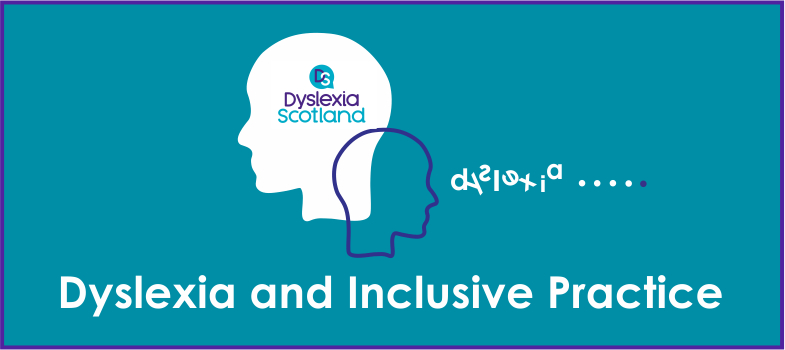1.2 What is dyslexia?
Scottish Government Definition of Dyslexia, 2009
The following working definition of dyslexia has been developed and agreed by the Scottish Government, Dyslexia Scotland and the Cross-Party Group on Dyslexia in the Scottish Parliament. The aim of this particular definition is to provide a description of the range of indicators and characteristics of dyslexia as helpful guidance for educational practitioners, learners, parents/carers and others.
Scottish Working Definition
Dyslexia can be described as a continuum of difficulties in learning to read, write and/or spell, which persist despite the provision of appropriate learning opportunities. These difficulties often do not reflect an individual's cognitive abilities and may not be typical of performance in other areas.
The impact of dyslexia as a barrier to learning varies in degree according to the learning and teaching environment, as there are often associated difficulties such as:
- auditory and/or visual processing of language-based information
- phonological awareness
- oral language skills and reading fluency
- short-term and working memory
- sequencing and directionality
- number skills
- organisational ability
Motor skills and co-ordination may also be affected.
Dyslexia exists in all cultures and across the range of abilities and socio-economic backgrounds. It is a hereditary, life-long, neurodevelopmental condition. Unidentified, dyslexia is likely to result in low self-esteem, high stress, atypical behaviour, and low achievement.
Learners with dyslexia will benefit from early identification, appropriate intervention and targeted effective teaching, enabling them to become successful learners, confident individuals, effective contributors and responsible citizens.
1.1 The Scottish Context for Dyslexia and Inclusive Practice

